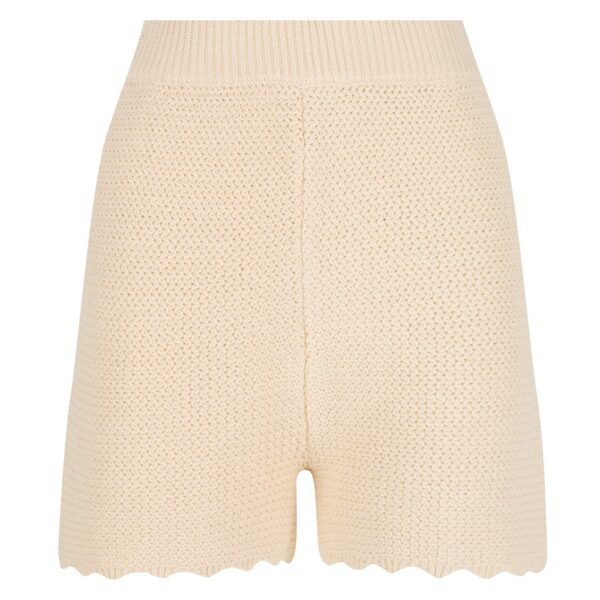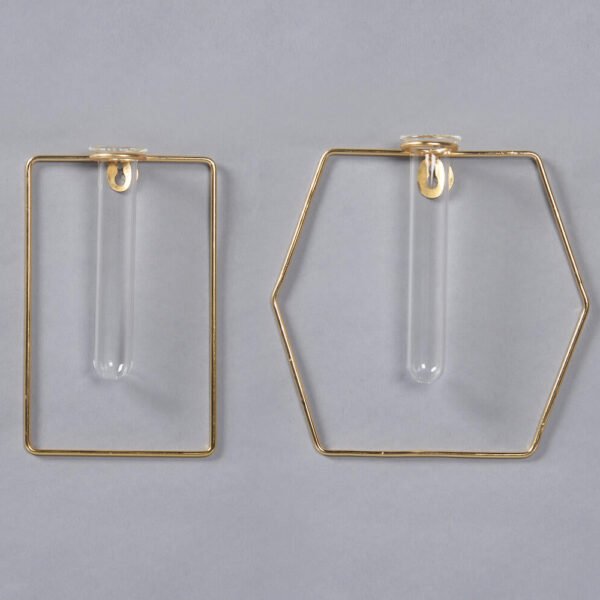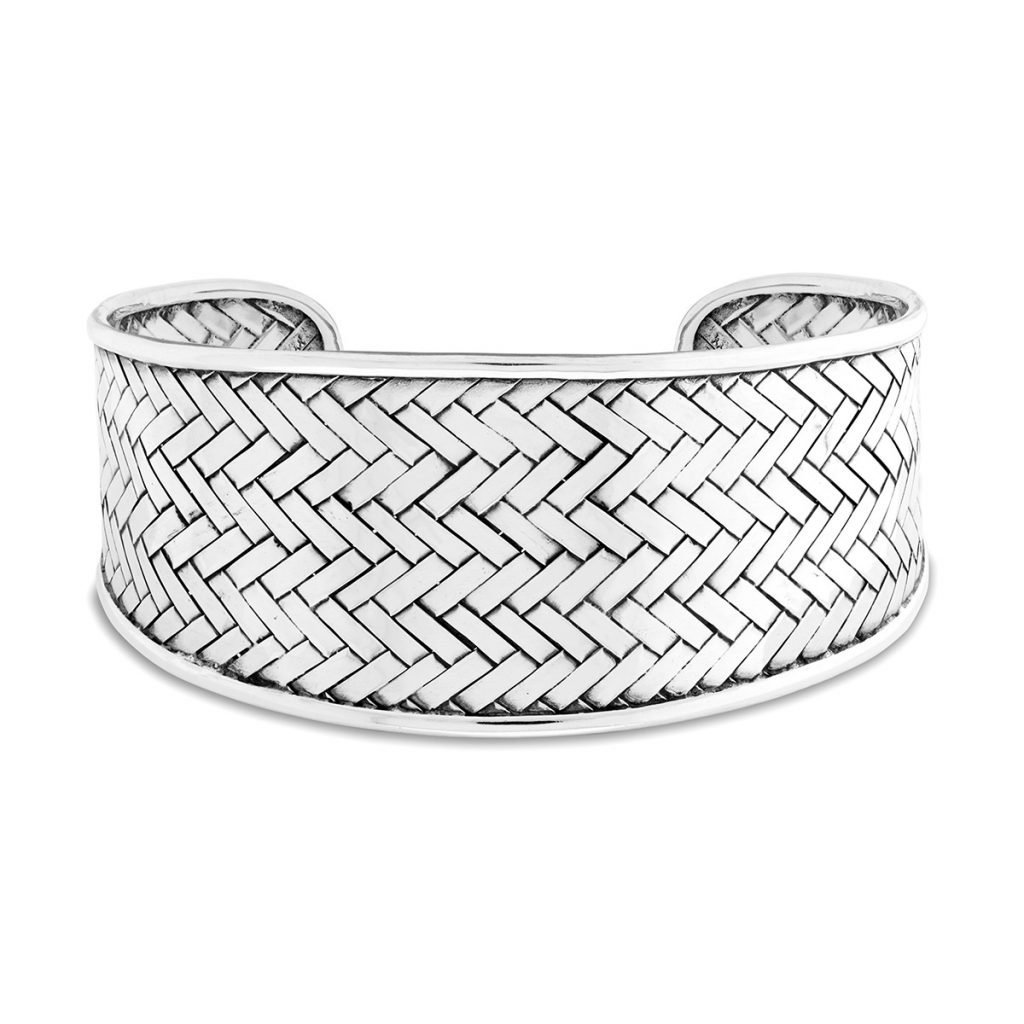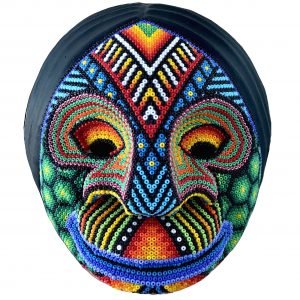In the fashion industry known to be causing much damage to the environment, there is an emerging buzz for the term “Sustainable Fashion”. Sustainability by definition is the ability to meet the needs of the present without compromising the needs of the future. It focuses on causing little to no damage to the environment. Sustainable fashion is a movement or an approach to adopting a better fashion system in order to benefit the environment or at least minimize the damage it causes. It goes not only for the producers- designers or manufacturers- but also for the user and consumers. It is a philosophy where we all start caring for and protecting Mama Earth. Are you in?
WHAT EXACTLY IS SUSTAINABLE FASHION?
Truth to be told there is a need to define what sustainable fashion is. There are a lot of terms that are somehow related but at the same time, different. This is for us what Sustainable fashion is and entails. In another article, we will try to explain the many different terms like eco fashion, slow fashion, minimalism, vegan fashion, ethical fashion, etc.
In the midst of profit-making practices, there is a need to be accountable for the environment. The consumers are demanding it and are getting more aware of the impact and the industry need to address it. Hence, the concept of incorporating sustainability in fashion is flourishing.
Sustainable fashion in all its glory is about bringing a combination of social, environmental, economic and ethical improvements. It is implemented through various ways such as:
- Lengthening the lifecycle of the garment or its material.
- Using renewable resources.
- Cautious use of natural resources like water, agriculture, wildlife, etc.
- Reducing waste generation.
- Ethical working conditions for the workers.
- Avoiding labor exploitation.
Sustainable fashion´s ultimate aim is to curtail environmental repercussions while increasing the potential benefits the industry is able to bring to the World and the people living on it. Sustainable fashion is thus a morally acceptable approach or a take towards developing the fashion industry while improving or benefiting the environment and society simultaneously.
Against the common stereotype, sustainable fashion is not only related to the products, but also its design, supply chain management, retailing and consumption behaviors. Therefore sustainable fashion is about embracing a well-balanced fashion system and lifestyle.
WHY IS SUSTAINABLE FASHION IMPORTANT?
Sustainability is becoming a topic of interest to anyone on Earth that is able to see the terrible consequences we might have if we don’t put a stop to climate change and all the problems or situations that might come hand in hand with it. From air pollution, water and resources depletion to the environment and habitat destruction there is no way out. Basically, there is no Planet B. All this is not only caused by fashion, although let´s not forget fashion is the second-largest most pollutant industry in the world. Other sectors have embraced already some green practices. Fashion is just waking up now to this reality.
At the same time, there is a need to “clean” from the inside out the fashion system as a whole. Exploitation and abuse are part of the equation when we are thinking of fast fashion. Otherwise, how are we able to sell T-shirts for 3 USD? Materials and logistics are already more than that.
ENVIRONMENTALLY
Sustainable fashion is a growing concept. It is important because it highlights the social and environmental responsibilities that the industry should embrace. Being one of the most polluting industries, it is necessary that the fashion industry takes a step towards reversing or reducing those harmful impacts before it’s too late. From production to packaging and logistics, sustainability requires to review every step of the process and try to implement more sustainable practices every step of the way. It is an ongoing process that will need to be iterated and reviewed constantly. It is not easy to achieve but every step counts and we are thrilled to see more companies taking notes on how they could be more responsible.
POSITIVE CONSUMER PRACTICES
Sustainable fashion encourages intelligent consumer behaviors or practices. It advocates consumers to look for values such as sustainability and ethics while shopping. It makes consumers be more conscious of their choices and promotes environmental well-being. As consumers, we need to be aware of the power of our choices. Buy less, of better quality and make it last. That is the core of what we are trying to offer at Goshopia.com. Brands that are working towards a more responsible business and that care for the environment and the people.
SLOW FASHION
With fast fashion still dominating the market, another way to break the fast fashion cycle of 52 seasons and tons of clothes that might end up as landfill, we find slow fashion. Slow fashion doesn’t mean that it takes forever to be done or delivered. No! It means it is done at a more human scale. Avoiding mass production and returning to smaller batches of units being produced, offer and demand meet without compromising on quality and style, while avoiding having lots of waste.
Slow fashion, leads to longevity of garments and a timeless style. Pieces are built to last and the supply chain is closer to the original designer or creator. That translates into pieces that are more exclusive and there is flexibility to alter or adjust it if the need arises.
In Goshopia we support slow fashion as a way to produce as it is environmentally friendly and doesn’t restrain the creativity of designers.
Vera Sukhinina is one of Goshopia´s in-house designers who is a firm believer of slow fashion. She designs and produces her exquisite headpieces at her small atelier in Moscow. Everything is handmade and pieces are quite unique. If you are interested to know more about her and her works, check out our website.
REDUCE ANIMAL CRUELTY
Sustainable fashion discourages animal cruelty but here we might find some differences with Vegan fashion. Sustainable fashion demands to abandon practices that involve harming animals to collect resources such as leather, fur, feathers, etc. It ensures better alternatives for such resources. But what happens when the alternatives are not environmentally friendly? Think of an alternative to leather. If we are to use PU ( aka plastic), we better use leather as it is biodegradable at least and it is more durable. Sustainable fashion embraces the use of leather if it´s coming as a byproduct of the food industry. We don’t support exotic skins or the fact that animals are farmed to use their skins only.
TIMELESS STYLE
Sustainable fashion says no to trends and embraces a more dignified sense of style. Trends come and go at the speed of light. Focusing on a timeless style, it is a way to reduce the carbon footprint. Be unique and find your fashion voice. Don’t let yourself be pulled towards a trend that doesn’t fit your personality or your lifestyle.
ETHICAL WORKING CONDITIONS AND FAIR WAGES
Sustainability means also taking care of the people being part of the process. Offering ethical and safe working conditions for the workers, making sure that they receive fair wages and so they and their families can have a decent living as a result of their effort and work.
Think of it, would you want to be paid close to nothing after toiling for long hours doing clothes non stop? As a society, we need to be less selfish. What we don’t want for us, we shouldn’t want for anyone else.
Also, we don’t want another Rana Plaza, even though these kinds of accidents keep on happening. See the testimony of this photographer in this video from the New York Times.
WHY IS SUSTAINABLE FASHION EXPENSIVE?
MATERIAL
Sustainable fashion, though highly worthy, it might be a little heavy on the wallet, especially if we compare it with the prices of fast fashion.
Here again, we might find differences between the many terms under the sustainable fashion umbrella but as a general rule, most of the materials used are organic and are farmed sustainably. They use limited to no amount of chemicals, synthetic fertilizers, and pesticides, proper use, and disposal of water, etc. It is a time-consuming process that requires a lot of hard work and at this stage, means changes at a micro-level in the whole process. The cotton needs of farmers to farm and collect that also deserve decent wages, that will also be part of the cost of having organic materials.
Demand and offer economics also play an important role in this paragraph. Now the demand for organic materials is at the roof and there is no enough offer. That means the prices are also getting higher. Hopefully, when more farmers switch to organic crops, there is more offer and prices get reduced. If the trend of less harmful farming gets to be the new normal, we will reach the point of having economies of scale with the organic crops and that will benefit the soil, the farmers, the workers, the industry and all of us as a society.
LABOR
The workers get fair wages for the hours they spend making these garments. They also facilitate proper, safe and hygienic working conditions for the workers. Therefore, the cost naturally increases when such an ethical practice is chosen for the manufacture of garments. This ethical approach should have never been displaced but somehow, somewhere along the lines, maybe when we started producing in faraway countries, we stopped seeing what the new reality was for these workers. Now, that many of us know, we can not look away. It is a problem that needs solving.
EXCLUSIVITY OF SUSTAINABLE FASHION
Sustainable fashion or sustainable clothing is still an emerging concept. Slow fashion is also kind of new. The fact that these items are only constructed selectively in low quantities and very high quality, brings an exclusivity factor. Designers, when they are starting their brands, normally don’t have the numbers to produce in large quantities so most of them start their careers producing at small ateliers and taking a lot of care in each detail.
If we are to speak about Vintage as another form of sustainable fashion, you can rest assured no one will have the same dress as you at the party. That is exclusivity and history all under the same dress.
TIPS TO OWNING A SUSTAINABLE WARDROBE
- Be aware of your purchases. Do not select clothes based on cheap prices. Always keep in mind the truth behind fast fashion.
- Buy clothes that last longer.
- Repair damaged clothes before there is a need to buy a new one.
- Pursue vintage, charity and thrift store purchases.
- Adopt the 30 wear test. Always think if you would wear it 30 times before you throw it away or if that garment could withstand 30 wears without getting damaged.
- Get yourself some trans-seasonal clothes. Getting clothes that would suit two or more seasons at once will reduce unwanted purchases.
- Dispose of unwanted clothing items properly in a clothing bank or donate them to charity.
- Reuse and restyle your clothes.
- Upcycle and do some DIYs to spice up your wardrobe.
- Choose quality over quantity.





























5 Comments
SUSTAINABLE FASHION EVENTS YOU CANNOT MISS - Goshopia: The Home of Slow and Sustainable Fashion
3 October 2019 at 14:48[…] WHAT IS SUSTAINABLE FASHION […]
How to create a sustainable closet - Goshopia Slow & Sustainable Fashion
24 October 2019 at 08:36[…] WHAT IS SUSTAINABLE FASHION […]
Mera Tierra
11 March 2022 at 18:44Dear Aparna,
This article is a complete package of information for everyone who is new to Sustainable Fashion. You almost covered every bit of detail one would need to know about Sustainable fashion. Thank you for this article.
I would definitely share this across all my social media handles.
Cheers,
Mera Tierra
Goshopia Master
3 June 2022 at 23:45Thanks Mera Tierra!
Goshopia Master
3 June 2022 at 23:43Thanks, Campbell! Appreciate your comment!